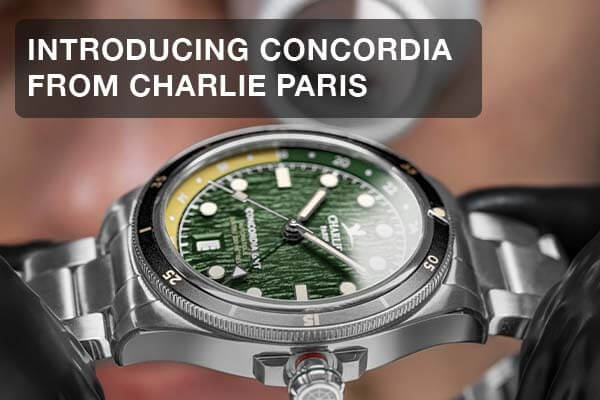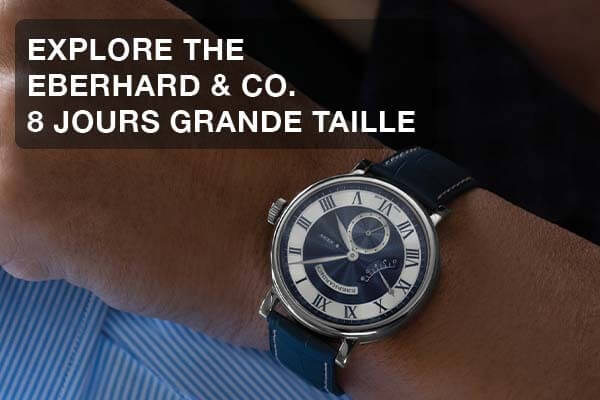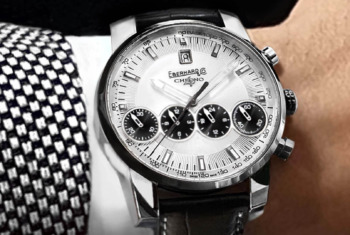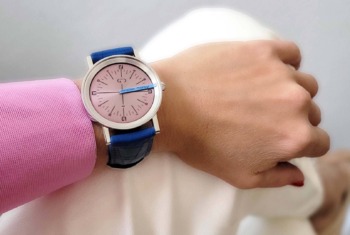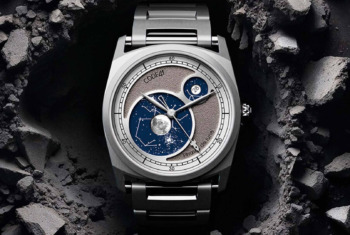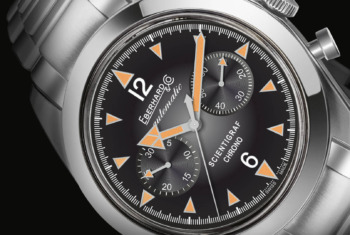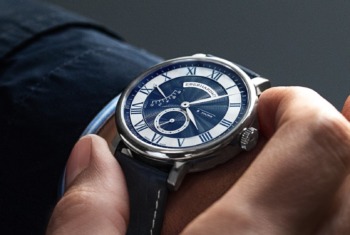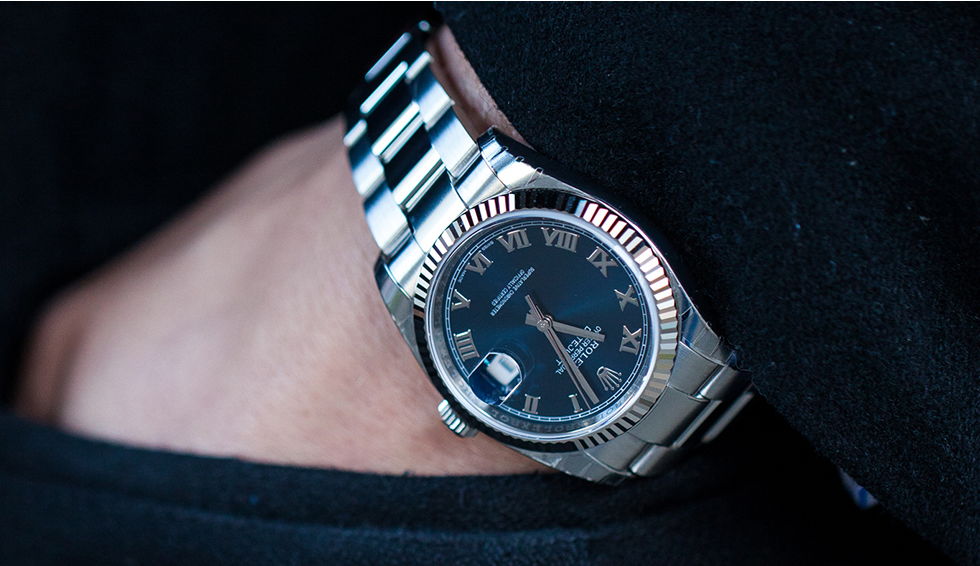
Who is not familiar stinging rebuke towards Rolex in “Casino Royal”? To the casually posed question “Rolex?” comes the negation “Omega”, which is definitively acknowledged with a “beautiful!” Diverse rankings, which reflect the value of watch brands currently on the market, show Rolex in an undisputed first position, followed closely by Omega in a respectable second place. However, it does not only come down to who holds the leading position among market grandees, the similar brand strategy presents many potential buyers with the choice between two watch brands, both of which have in recent decades decisively defined the sporty elegant men’s watches we are offered today.
Even though a sweeping comparison always simplifies reality and disregards the model diversity of both brands, both Rolex and Omega through the entire range of models have cultivated and maintain a consistent brand image, with which they distinguish themselves from one another. The arguments for and against transpire often subconsciously between the two manufacturers and are often based on a wide array of images and opinions. Once the first steps in one or other direction has been taken, loyalty to brand usually remains, as it is not uncommon that the decision prescribes the path for further collection, making the first purchase that much more important. Questions regarding advantages and disadvantages of the “one” brand often lack an objective basis and eventually boil down to a question of faith – comparable to the longstanding deliberation over the advantages and disadvantages of DSLRs between Nikon and Canon users or the pathos fuelled debates by aficionados of the various car manufacturers. Even here, the comparison is subjective to a certain extent and yet we try to completely disregard any pathos.
1. Company History
Rolex: Hardly any manufacturer has had as many patents submitted in its history as Rolex. Contrary to popular belief, Rolex did not invent neither the water resistant watch, nor the automatic mechanism. Nevertheless, the manufacturer has played an important role in both of the above mentioned areas: In the case of the automatic mechanism, it was the fully rotatable rotor in contrast to the “bumper” mechanism with its interrupted circulation of the flywheel, which was invented by John Harwood.
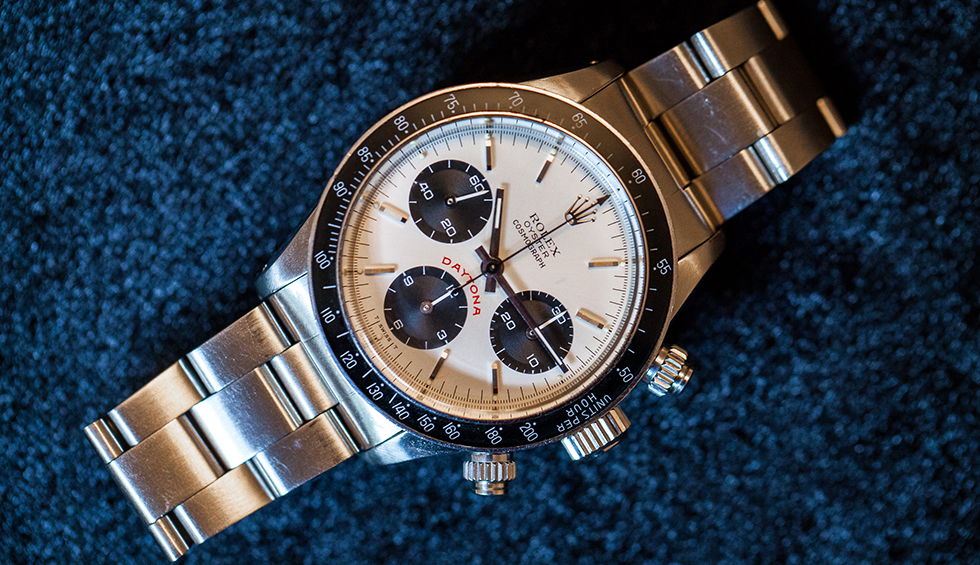
Rolex’ returns for the development of the water resistant watch transpired on many levels: even though at the time there was already viable solutions to waterproofing problems in place, the invention of the screw-down crown in 1926 brought the watch industry a decisive step further. At the same time the famous swim by Mercedes Gleitze, as her Rolex Oyster hung around her neck demonstrated empirically that even after excessive contact with water, the Rolex Oyster still managed function flawlessly.
Historical Developing Innovation: 9/10
Icon Status: 10/10
Historical Reputation: 9/10
Omega: Even with garnering less patents in its company history than Rolex, Omega is nevertheless ranked as one of the most historically significant brands in the market. Buzz Aldrin made the Omega Speedmaster Professional the first watch to make it to the moon and together with Rolex, Blancpain and a handful of other brands has set the standard for dive watches. Long before, when Omega was unknown to the market, they set a milestone for creating the first watch with minute repeater. In the 1960s, Omega was known for their quality and was often revered in the same light, as Rolex would be today: as the benchmark for high quality everyday wearable watches.
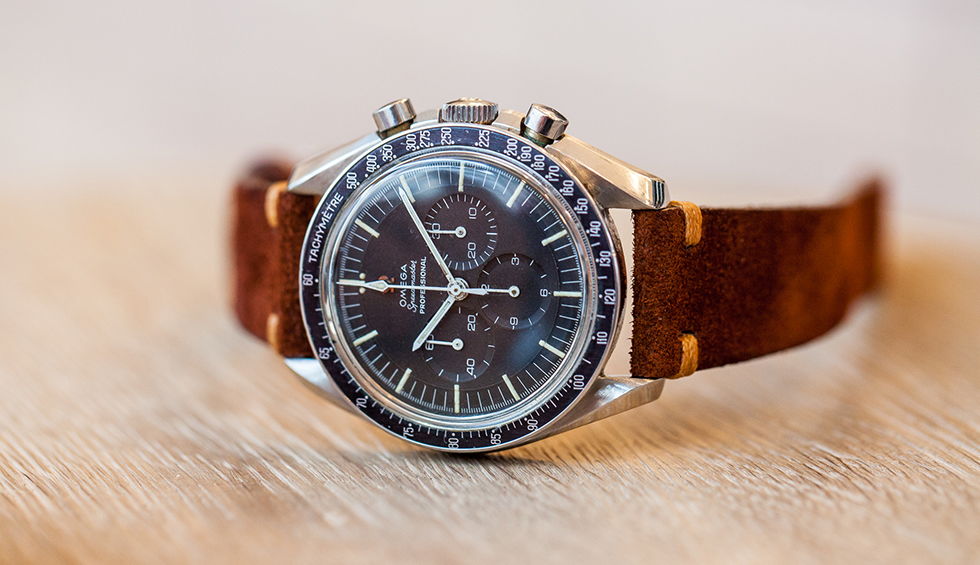
Historical Developing Innovation: 9/10
Icon Status: 10/10
Historical Reputation: 10/10
2. Brand Perception
Rolex: The name „Rolex“ is synonymous with unmistakable design, which has throughout the decades undergone only the most minimal of alterations. Their watches in turn are unquestionably discernible. With such a high recognition factor, even within the watch community, Rolex is still the absolute quintessence of everyday wearable luxury timepieces. At the same time the market is saturated in many such images that form the basis for an array of sterotypes. Perception and reality often divaricate greatly from one another: Someone who is only familiar with the brand from hearsay, may not be aware that among experts, Rolex is associated above all with steel watch icons and excellent running capacities.

Recognition Value: 10/10
Brand Image: 8/10
Reputation Among Experts: 9/10
Omega: Like Rolex, Omega has provided a vast variety of wristwatch icons. Most are familiar with the Omega logo found on the dial and the ever popular model ranges including Speedmaster, Seamaster, Constellation and De Ville, which embellmise Omega’s reputation for continuity. The most relevant example of this being the Omega Seamaster, which has been an essential element of the brand’s portfolio since 1947.

At the same time Omega nutures their image with numerous sponsorships and testimonials and with the help of George Clooney and James Bond, the brand has succeeded in becoming the embodiment of the “modern gentleman”. Also in terms of its image among experts, Omega need not hide behind Rolex as technically skilled and progress orientated manufacturer.
Recognition Value: 9/10
Brand Image: 10/10
Reputation Among Experts: 9/10
3. Product
Rolex: Rolex thrives on their classic models and are very much privy to this fact as they move into the future. However, that is not to imply in any way that the main responsibility of the R & D team is to monopolize off nostalgia. They are constantly searching for new features to incorporate into the dial and the mechanism. Rolex generally manage to selectively free the current from the former with relative ease.
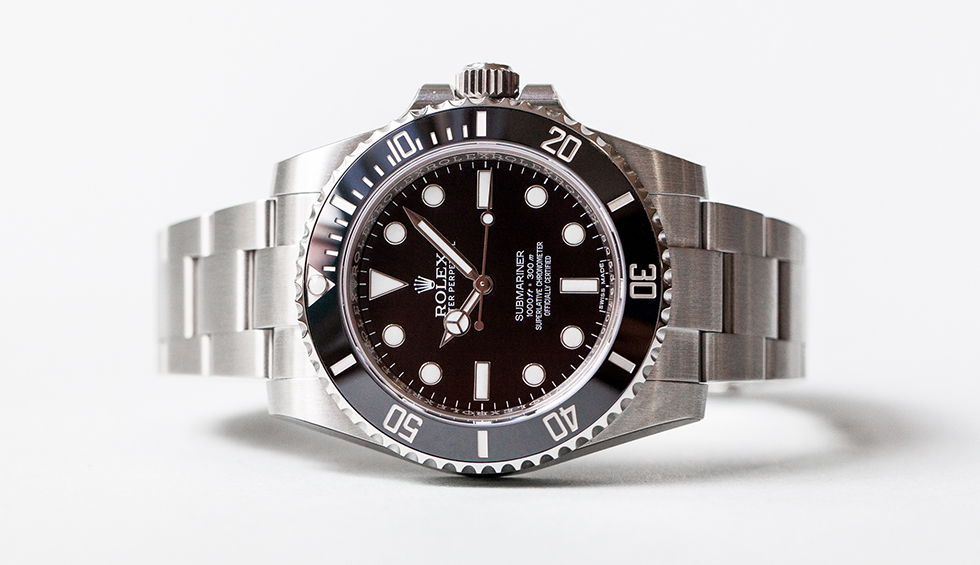
Rolex is occasionally criticised for their lack of new designs. Irrespective of whether presented in the 1960s or today, the Datejust, GMT-Master and others remain the brand’s most prized designs. Despite Rolex having a relatively small catalogue, there are numerous ways to customise with different dial variations, bezels and bracelets.
Technical Aspects: 9/10
Product Assortment: 8/10
Product Design: 10/10
Omega: As opposed to Rolex, most Omega models tend to exceed the 40 millimetre mark. From a technical perspective Omega are very much progress-orientated. They were the first to put arguably the most important delevopment of the 20th century, the co-axial escapement, to commercial use. There have been also technical innovations in areas, which have long been associated with Rolex, like the unmagnetic Master Co-Axial 15.000 Gauss movement demonstrates.
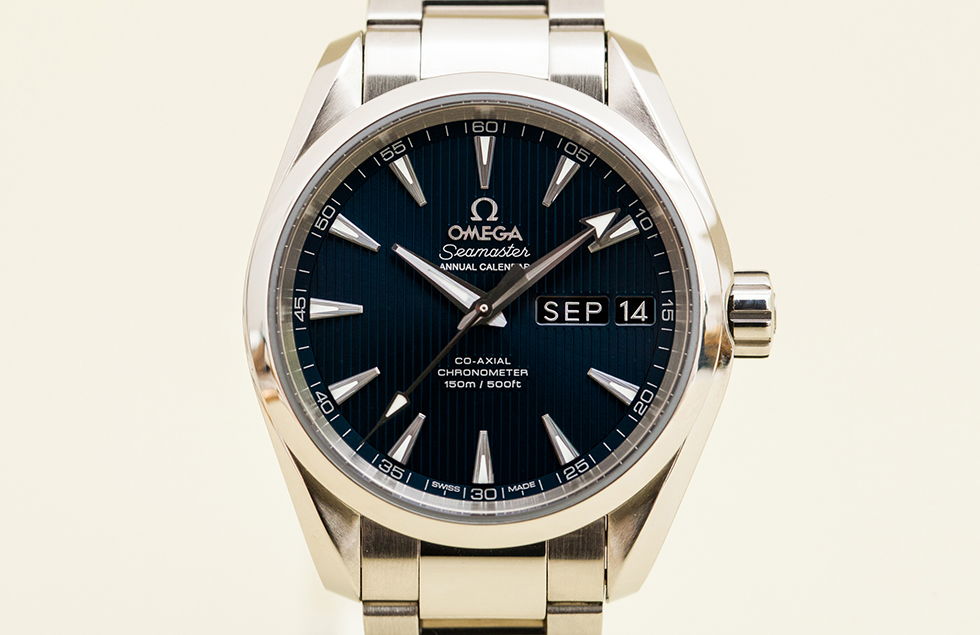
Technical Aspects: 10/10
Product Assortment: 10/10
Product Design: 9/10
4. Cost Effectiveness
Rolex: Rolex sports models are regarded as the most stable in value, partcularily steel variants. A Rolex is intended for many generations and is characterized by its high reliability and resilience against the elements. Most of all, Rolex watches have a justified reputation of performing accurately for years without undergoing maintainence. On top of that, all Rolex watches have a 5 year manufacturer’s warranty.
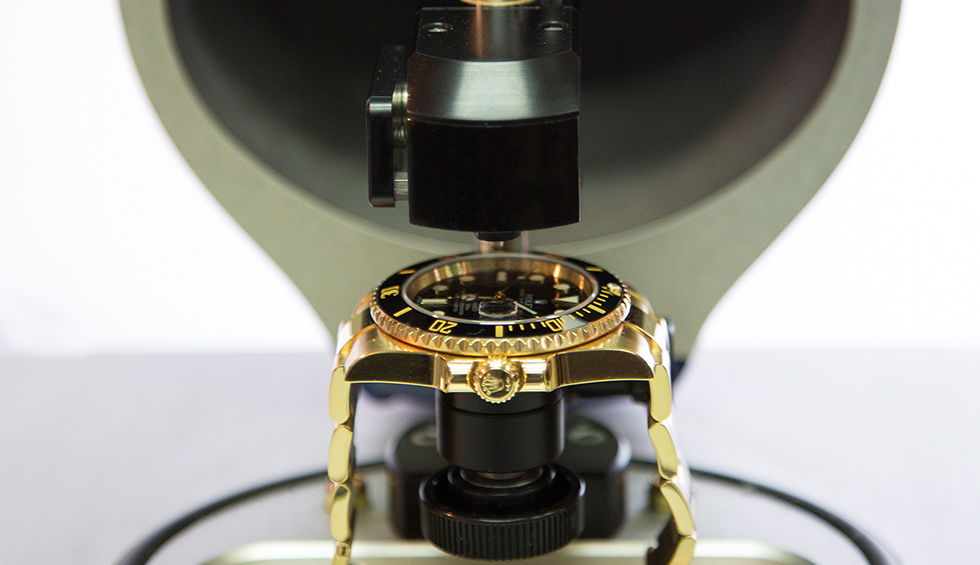
While production anomalies are rarely seen in Omega models, the workmanship that is involved in the production of Rolex is of such a high-quality that an inconsistency is a virtual impossibility. What had been a cause of complaint in the past, was always point by point improved. An example of this being the improved fold clasp, or the PVD-coated bezel, which now yields solid ceramic inlays.
Longevity, Maintenance and warranty: 10/10
Value Preservation: 10/10
Value for Money: 8/10
Omega: An important factor to consider when purchasing a watch, in particular in terms of the cost effectiveness, is the watch’s frequency of maintenance. No other luxury watch manufacturer makes the same assiduous efforts in the production of watches that require the least maintenance. This is attributed, for one thing to the co-axial movement, which can be found in Omega models since 1999. Even if the co-axial movement didn’t turn out to be entirely lubricant-free, the maintenance cycle can be decidedly prolonged when combined with a special lubrication oil. Also the problem of magnetism was addressed: With its 15,000 Gauss movement line a new standard has been set.
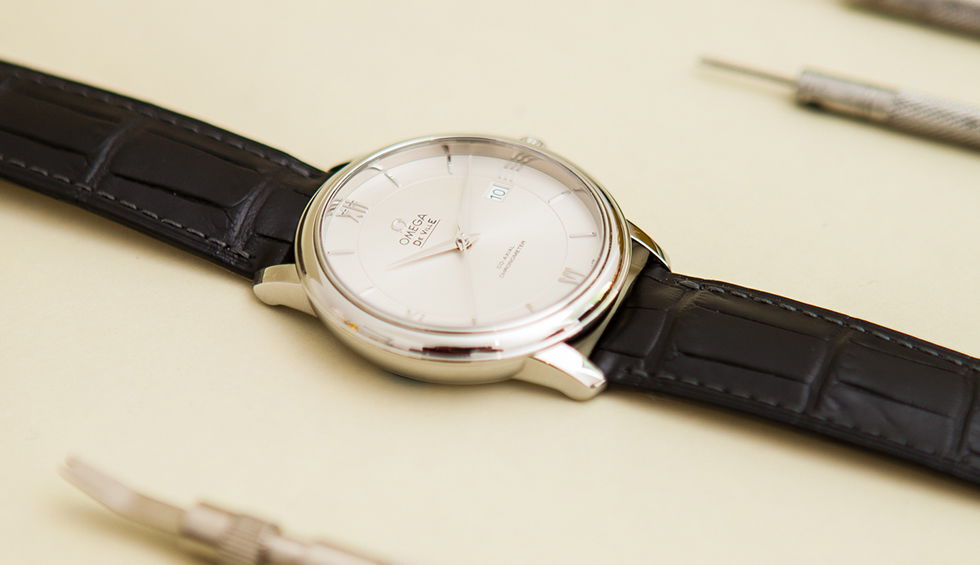
In comparison to Rolex, the collector’s interest lies more prominently within a smaller range of models from the Seamaster (e.g Ploprof, Diver 300) and the Speedmaster series (e.g Mark II, Professional). A deciding factor in favour of Omega would of course be the more attractive pricing. Even though prices may have increased in the last year, compared to Rolex you are still gauranteed a relatively cost efficent purchase.
Longevity, Maintanence, Warranty: 10/10
Value Preservation: 8/10
Value for Money: 9/10
Do you have any questions about these brands?
contact us

